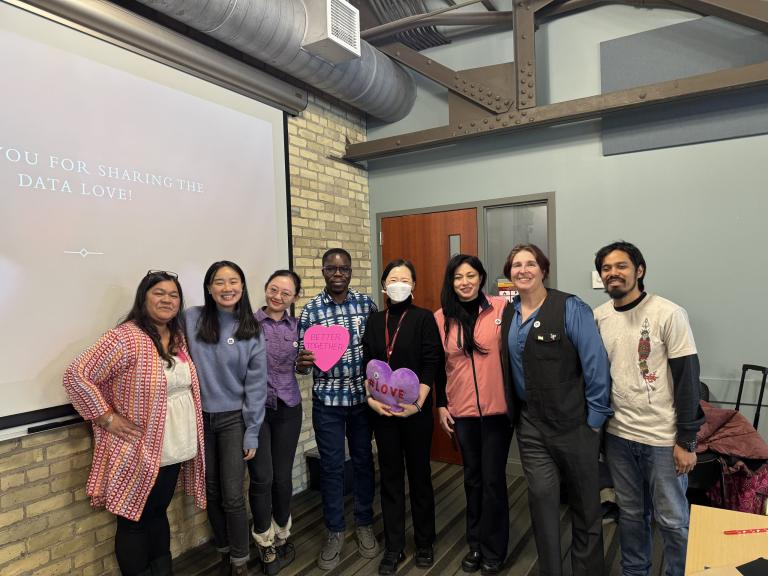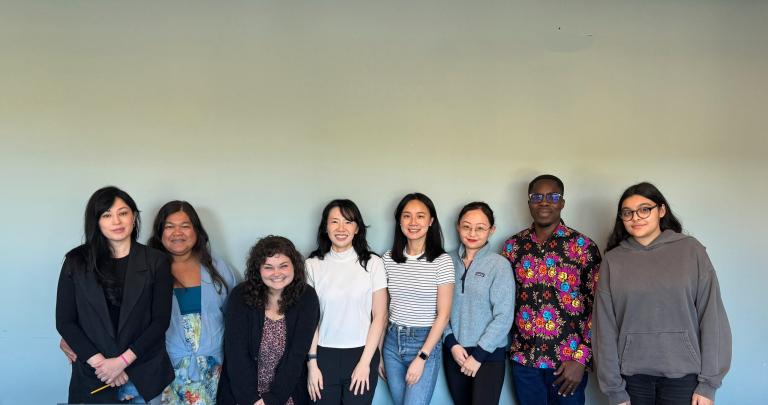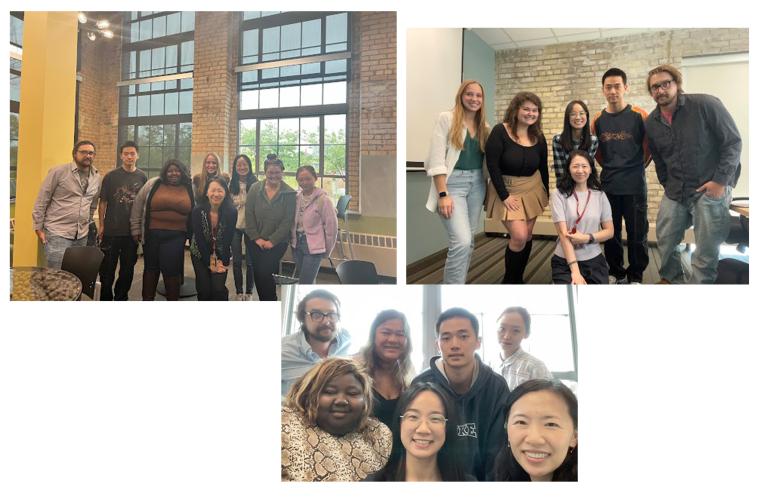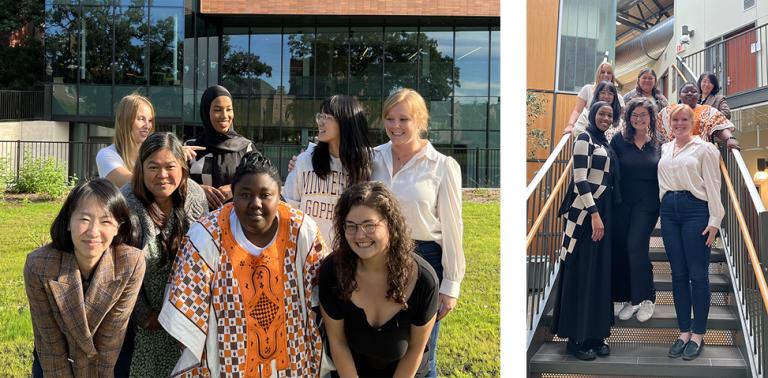ALAB: A Lab for Autism Research
Many autistic communities are severely under-represented in current research.
Even with the increase in awareness, identification, and research on effective interventions for autistic individuals; services and support disparities between those over-represented in research and those that are under-represented have worsened. For example:
- White, high-SES children are two times more likely to receive early-identification.
- Although 95% of autistic individuals reside in low to middle income countries, 95% of the research on autistic individuals come from Western, English speaking, high-income countries.
- Many interventions for autistic individuals who do not use verbal language do not maintain, generalize, and/or show inconsistent effectiveness.
- There is very little research pertaining specifically to females, even considering current prevalence ratios between males and females.
- Very few research is conducted by or in collaboration with autistic researchers and autistic collaborators.




